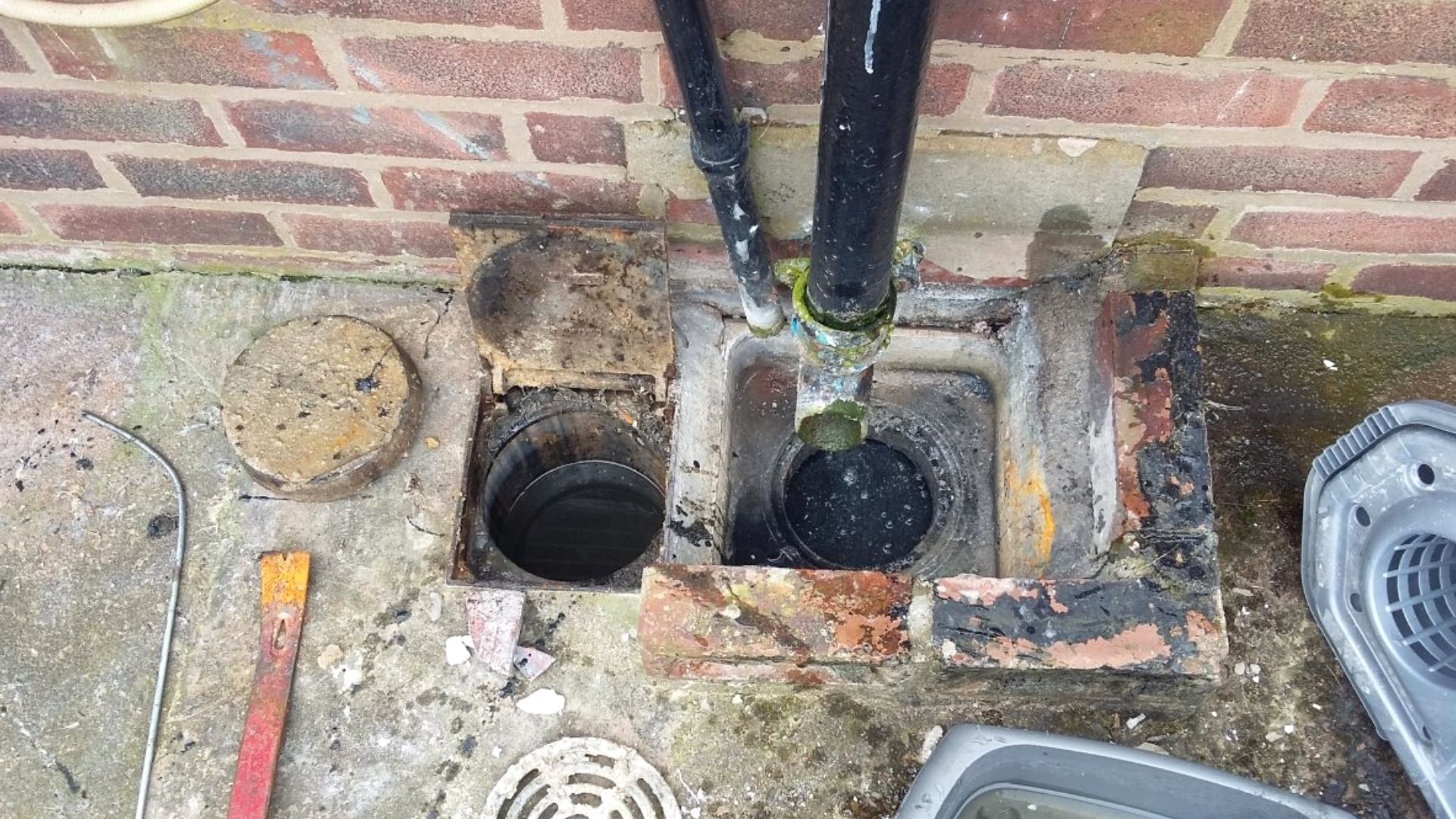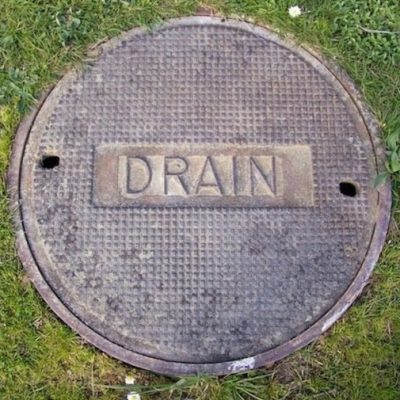The article further down about 8 Tips For Clearing A Blocked Drain is pretty much enlightening. You should look it over.

Intro
Handling an obstructed drainpipe can be an irritating experience, interrupting everyday tasks and possibly causing damages to your home. Nonetheless, prior to reaching out to plumbing professionals, there are steps you can take to address the issue yourself. In this guide, we'll explore do it yourself solutions and safety nets to take on an obstructed drainpipe successfully.
Identifying the Concern
The very first step in resolving an obstructed drain is identifying the indications. Slow drain, gurgling sounds, foul odors rising from drains, or water support up are common indicators of an obstructed drain. Determining these signs early can assist avoid better problems.
Usual Reasons For Obstructed Drains
Comprehending the variables that contribute to drain pipes blockages is crucial for effective resolution. Typical perpetrators consist of hair, soap scum, grease, food debris, and international things like hygienic products or paper towels. Tree roots attacking underground pipes can likewise trigger considerable obstructions.
Do it yourself Solutions
For small clogs, numerous do it yourself options can be reliable. Pouring boiling thin down the drainpipe can aid liquify oil and debris. Sodium bicarbonate and vinegar or a mix of salt and baking soda can serve as natural cleansers. Using a bettor or plumbing snake to remove blockages is one more option.
Tools and Devices
Having the right tools accessible can make do it yourself drainpipe cleansing extra effective. A plunger is a flexible tool for clearing clogs in sinks, bathrooms, and showers. A plumbing snake or auger can get to deeper clogs, while drainpipe cleansing chemicals can be made use of cautiously for stubborn obstructions.
Preventive Measures
To stay clear of future blockages, taking on safety nets is vital. Mount drainpipe guards or filters to catch hair and debris prior to they get in the pipelines. Routinely flush drains pipes with warm water to liquify grease buildup, and prevent taking care of oil or strong waste down the drain.
When to Call a Professional
While do it yourself options can fix small obstructions, specific indications suggest the requirement for expert support. Relentless obstructions, foul odors regardless of cleansing initiatives, or numerous drains backing up concurrently are warnings that require professional intervention.
Selecting the Right Pipes Solution
When selecting a plumbing solution, consider elements such as experience, licensing, and consumer testimonials. Pick a trustworthy plumbing professional with a record of high quality craftsmanship and transparent pricing techniques.
Price Considerations
The cost of expert drainpipe cleaning company can differ relying on the seriousness of the obstruction and the plumbing technician's rates. Demand quotes from several carriers and inquire about any type of surcharges to guarantee transparency and prevent surprises.
Safety Measures
When attempting do it yourself drain cleansing, focus on safety and security. Use safety gloves and glasses to prevent contact with damaging chemicals or germs. Never ever mix various drainpipe cleaning items, as this can produce hazardous fumes.
Situation Researches
Real-life instances show the performance of DIY solutions and the value of prompt expert treatment in solving drain obstructions.
Verdict
By following the pointers laid out in this overview, you can effectively tackle obstructed drains pipes and protect against future pipes problems. Whether going with do it yourself solutions or looking for professional assistance, prompt activity is crucial to keeping a healthy pipes system and protecting the integrity of your home.
How to Clear a Clogged Drain Yourself (And When to Call In the Professionals)
What Can Clog a Drain
Dirt Skin flakes Hair Grease Soap scum Food Offset pipes Tree roots Small objects Mineral buildup DIY Tricks to Unclog a Drain
You can fix this! Once you have identified the source of the clog (or have a vague idea), you can try one or a combination of these fixes in order to clear your plumbing.
Wire Hanger or Snake
Untangle and clear out hair from a drainpipe with a homemade snake. Use a straightened-out wire hanger with a 90-degree angle hook to locate the clog and drag out any unwanted material.
Remember not to push the clog further down to where the wire hanger cannot reach! If you need to follow up with a plunger, give it a try. Your efforts might be more successful after it’s been wire-snaked.
If you want to get fancy and don’t have a wire hanger to spare, head to the store and pick up a hand-operated drain snake. You can get one for $10-$30. It may save you the hassle, and provide additional length to reach deep into the clogged pipe.
Plunger
A cup plunger has a suction cup attached to a wooden handle. The rubber creates a seal around the drain, and increases the pressure force of the plunger.
Plunge for 30-second increments to loosen the clog. This may need to be repeated over the course of 15-20 minutes. Once plunged, run the water to flush the remaining material out of the drain.
Remember– never use a plunger if you have used a chemical drain cleaner. These chemicals can splash up from the force of the plunger and cause serious injury or burns.
Boiling Water
Hot water can sometimes break up materials into a flushable amount. Dirt, grease, and soap buildup requires heat in order to unstick from surfaces.
Take your kitchen kettle and heat your water to a boil. Once it reaches a rolling boil, pour it directly down the drain into the blockage. Carefully follow with plunging, if necessary.
Don’t worry if this takes more than one try! It can often take multiple kettles and repeated plunging in order to clear a particularly stubborn clog.
Chemical Drain Cleaner
As a last resort, pick up a bottle of chemical drain cleaner. Drain-cleaning chemicals are potent, and not very good for the environment.
You may need to wear protective eyewear in gloves before handling your bottle of chemical drain cleaner. Follow the instructions printed on the bottle, and flush with water as soon as the instructions allow. Do not follow with plunging.
Baking Soda and Vinegar
As a safer alternative to chemical drain cleaner, baking soda and vinegar can create a chemical reaction that clears tough clogs.
Combine one cup of cleaning vinegar with one cup of boiling water, and set aside. Once you have done this, pour half a cup of baking soda down the drain. Give the baking thirty seconds to settle and cover a large portion of the problem drain.
Following the baking soda, pour down your vinegar and hot water solution. Once the vinegar and baking soda combine, the mixture will bubble and fix. Let this reaction fizzle in the drain for about an hour.
After an hour, follow with a kettle’s worth of hot water. The heat and liquid should flush out any remaining material.
When to Call a Plumber
If your DIY attempts haven’t cleared your clog drain, it’s time to call in a professional. It’s not worth losing access to your kitchen sink or high-traffic bathroom. A clog in a vital area can keep you from the things you’d rather be doing, and derail your routine.
Anytime a clog is causing water to spread is a time to call in a plumbing service. What starts out as a little bit of water can quickly grow into serious, expensive water damage.
Additionally, a serious clog can result in burst pipes or serious leaks. Make sure you know when to take it seriously!
https://myguysnow.com/how-to-clear-a-clogged-drain-yourself-and-when-to-call-in-the-professionals/

Do you appreciate reading about What I learned from trying to deal with a clogged drain? Try leaving a review directly below. We'd be happy to see your opinion about this blog post. In hopes that you visit us again soon. Are you aware of anybody else who is fascinated about the niche? Feel free to promote it. Thanks for going through it.
Schedule An Appointment